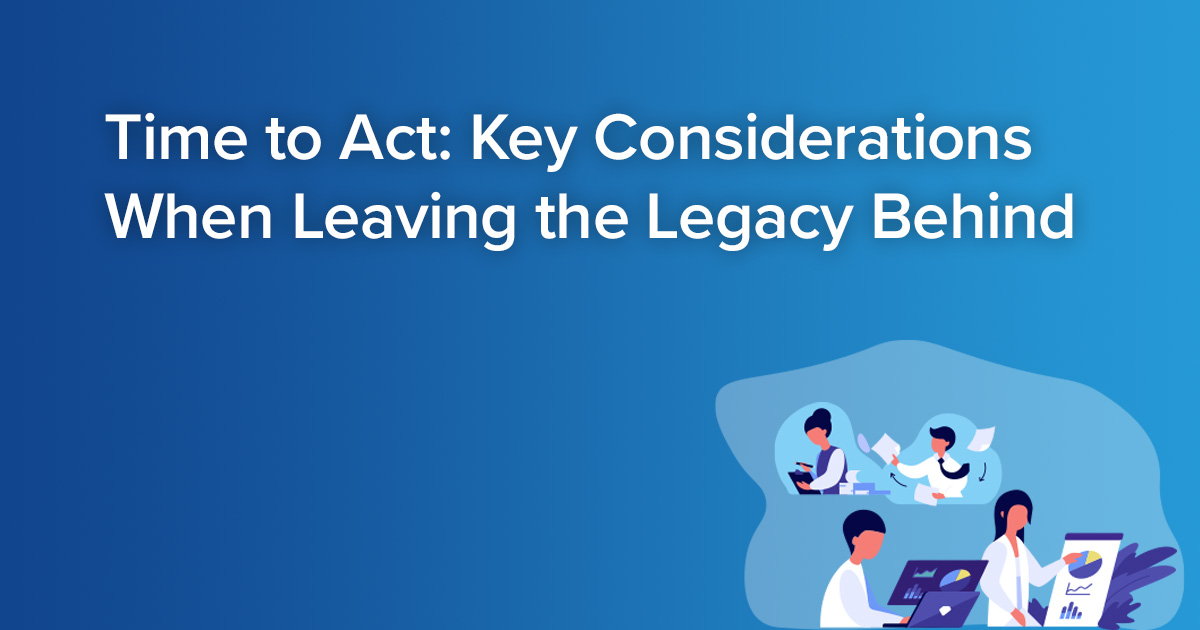
Time to Act: Key Considerations When Leaving the Legacy Behind
While well-known legacy planning solutions provided great planning tools once upon a time, several of them are near or have reached their end-of-life. This means no more support and no more bug fixes. Assessing the market to select a suitable replacement that will fully support your organization’s transition to a modern xP&A strategy can be a daunting task. In this post, we look at key considerations for legacy system users to be able to fully leverage the benefits of innovation when evaluating their options and next steps:
How will you enable seamless connection to any IT platform?
In a recent web survey conducted by Jedox, 40% of FP&A professionals reported that disconnected data sources are their primary pain point for their data analytics. A modern planning solution should enable seamless connection of your data sources and allow your organization to minimize reliance on your in-house IT department. Users should be able to create their own integrated plans and reports based on the same data model and business logic.
How will you keep the user experience as simple as possible?
Planners in your organization shouldn’t need coding or software engineering skills to be able to use the solution. Functionality of a modern planning solution should be UI-driven without coding requirements for integrating data and be user-friendly for both finance and business users. Legacy solution users will also want to look for familiar features: an in-memory OLAP database, an easy to model multi-cube architecture and cell-based spreadsheet style reporting.
How will you secure a lower total cost of ownership?
Cost, of course, is always an important consideration. A modern, unified planning solution should offer industry-leading flexibility and scalability with pre-built solutions that provides a faster time-to-value and allows organizations to think big, start small, and deliver quickly. Be sure to also consider any additional hardware investments for legacy solutions and one-time upgrade costs so your organization doesn’t have to forego leveraging the benefits of innovation to increase flexibility and agility and embrace the FP&A evolution to xP&A.
Read the complete whitepaper, “How to Move Outdated, Fragmented Tools to a New Era of Unified Planning” to get the full list of key considerations, questions, and comparisons every organization needs to know to leverage the benefits of innovation without being weighed down by legacy baggage.



